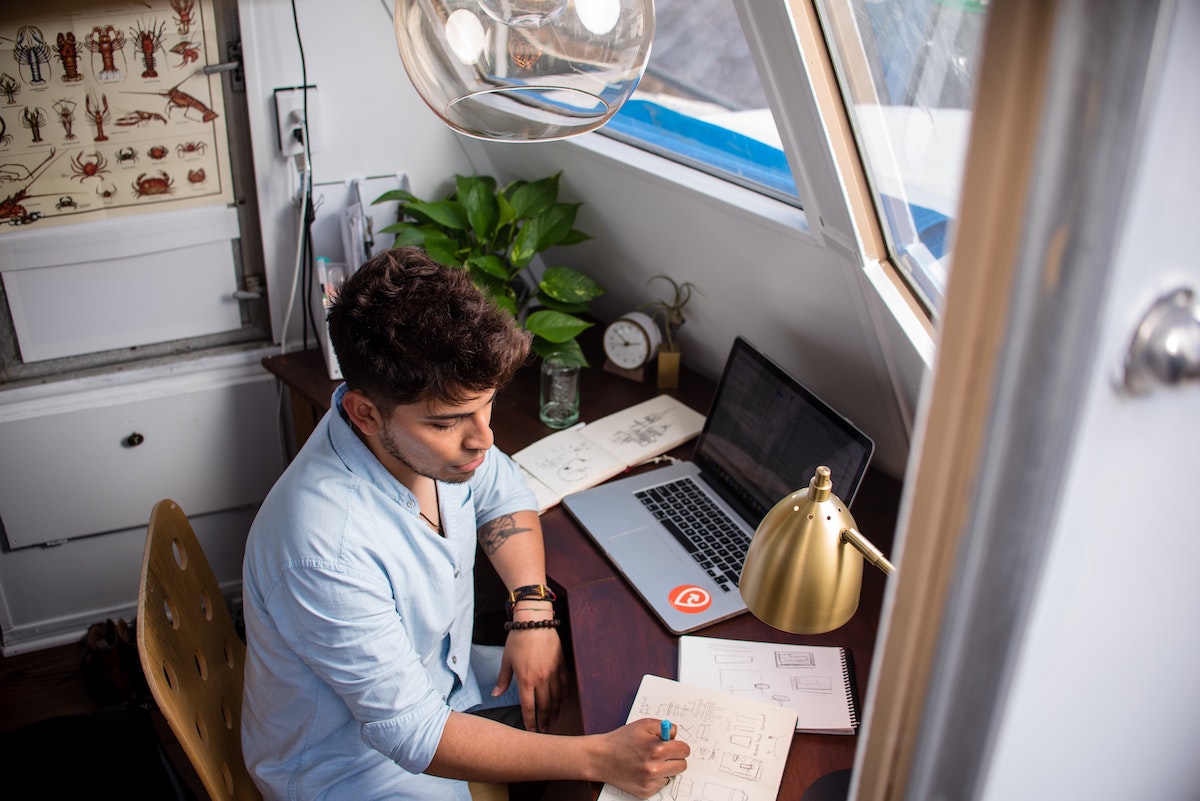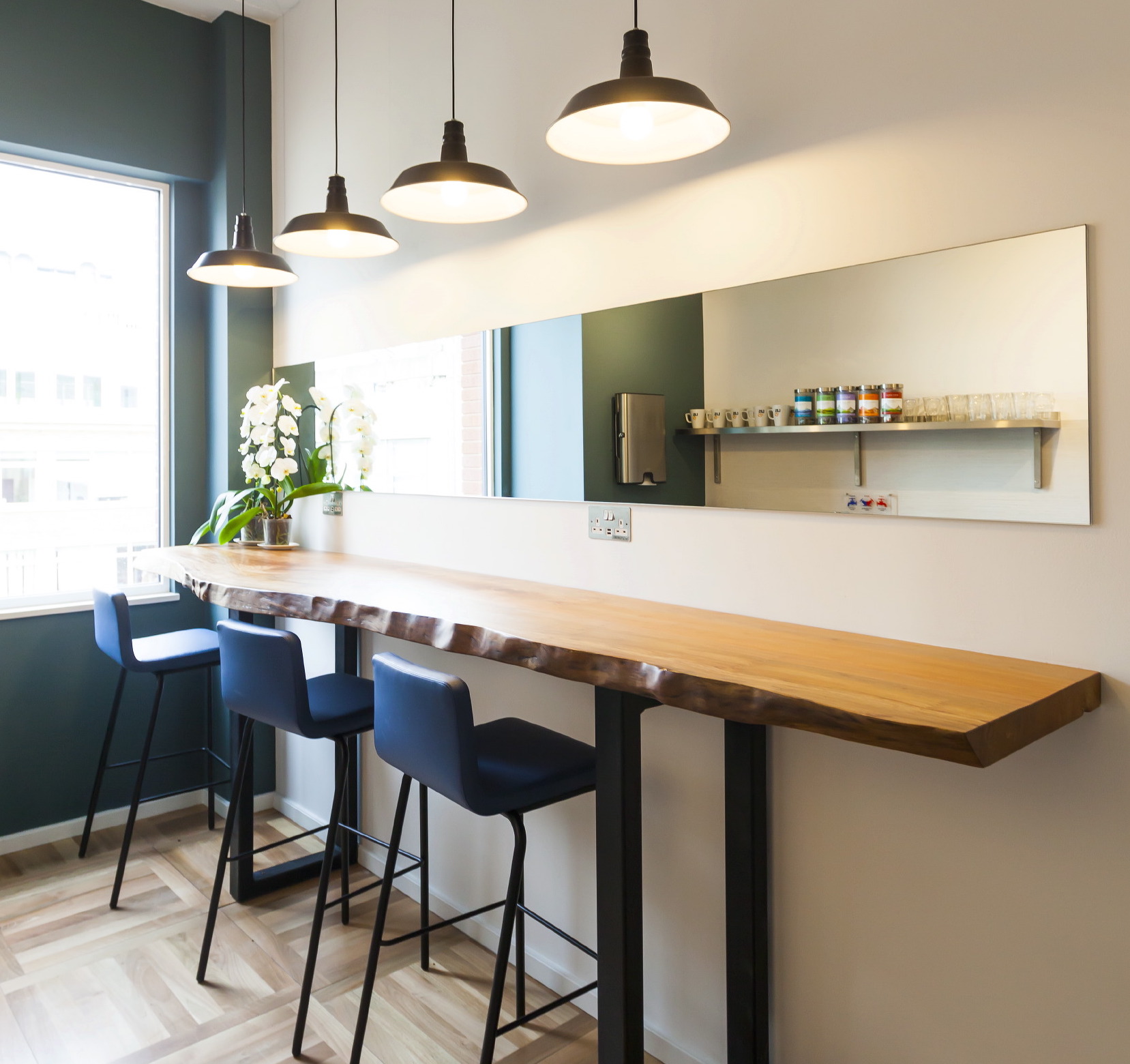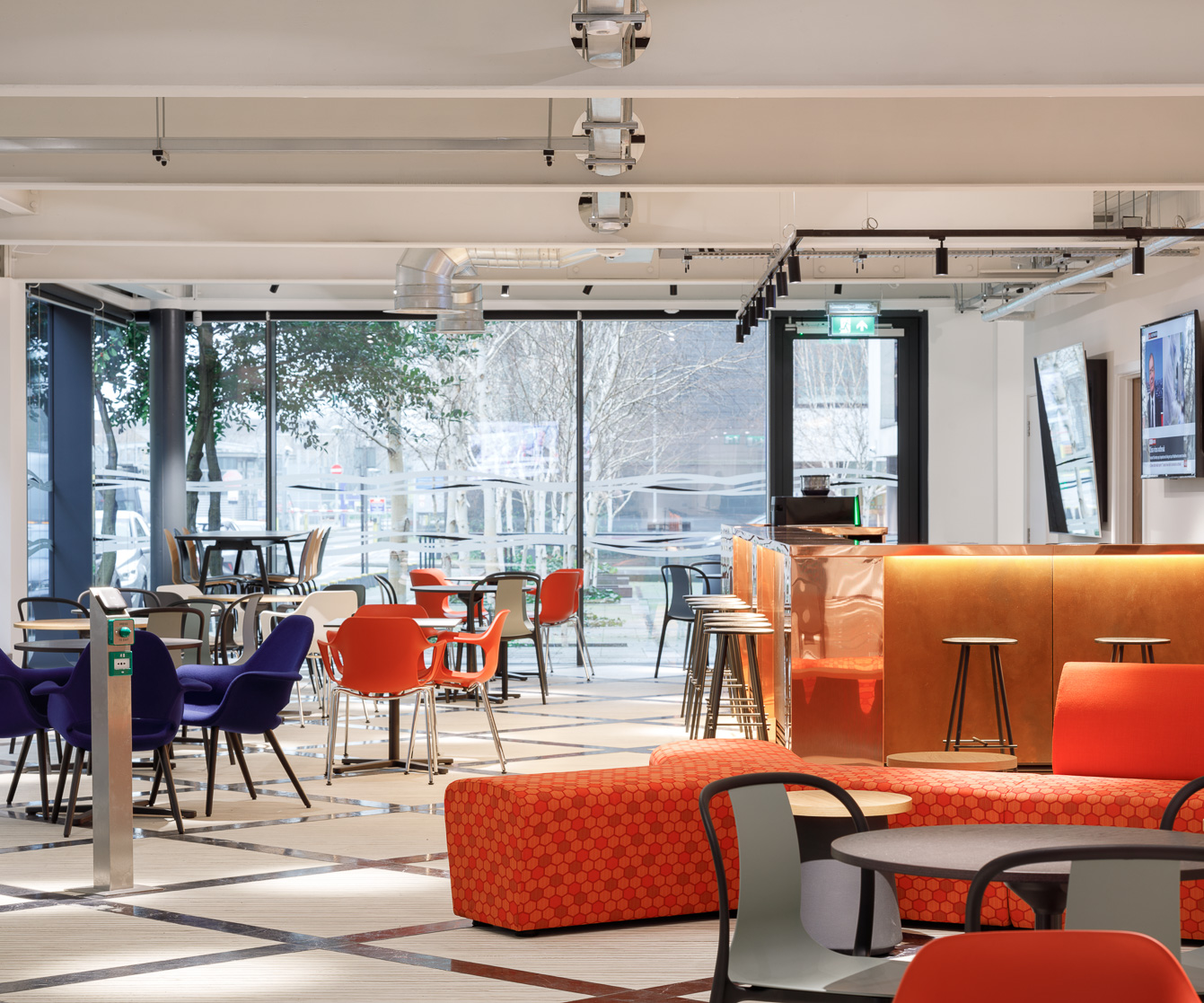Us&Co Blog
What Will Post-Lockdown Look Like?

In light of, Covid-19 lockdown restrictions being eased, we are now seeing people slowly but surely returning to work. Nevertheless, with this incremental return to normality, governmental guidelines such as social distancing will invariably have to stay in place. What this signifies is that our day to day lives will inevitably be changed for the foreseeable. From our commute into work to our grocery shopping we will have to adapt to “the new normal”.
But what will post-lockdown look like? What will be different? What will we have to prepare for? This article endeavours to answer these questions by highlighting the main changes we will most likely see affecting our lives.
Transport
With employers implementing a staggered reintroduction into the workplace, with many employee’s continuing to work from home, employers will also have to consider staggering employees “start and finishing times”. There will be a need, like seen throughout the 2012 London Olympics, for some coordination with public transport authorities such as TFL to help decrease the volume of people travelling during peak times.
Additionally, while social distancing is in place, public transport such as the bus and train will no longer be able to operate normally. According to London’s deputy mayor for transport, Heidi Alexander, buses which usually hold up to 85 people now should only carry 15 people, while train carriages should only carry 21 people from the usual 125. This certainly will create extended queues increasing “dwell times”. To combat this, the government are proposing to increase bus and train timetables. Commuters will be advised to wear face-coverings and if possible, bring personal hand-sanitiser and tissues. However, they suggest that public transport should be a last resort for people if other modes of transport are available.
What we will see in the coming weeks, as government officials are suggesting, is an uptake in active travel such as cycling and walking. Considering this, a plan has been laid out to increase the number of bicycle lanes throughout the city as can be seen to be done in New York City which has begun to put in place 110 miles of bike lanes. Meaning we can expect an increase in the number of roads reallocated to pedestrians and cyclists. Even so, drivers will have to have to take due care as there will be a rise in inexperienced cyclists on the road.
Shopping
In terms of how our shopping habits will change post lockdown, we need only look at how supermarkets and pharmacies have dealt with the restrictive measures during lockdown. Using the British Retail Consortium published guidelines we can see the measures that will stay in place for the foreseeable with the reopening of more shops.
There will be a limited number of people allowed in a shop at one time with, if possible, a one-way system with a limited number of entrances and exits. Customers will have to wait in the clearly marked queue allowing for correct social distancing. A shop employee will then direct waiting customers when they can enter and direct them to the cleaning stations where they will be encouraged to use the hand sanitiser. Till-points will have changed throughout, with Perspex screens being installed to protect both customer and till operator. Due to physical money being notoriously covered in germs, government guidelines urge people to use contactless payment methods when they can, which we will most likely see become the norm in the future.
Café’s and sandwich shops will follow the same procedures, though through a take-away centric approach. It may be awhile before we will be allowed to sit in and enjoy a coffee. It is also up to the discretion of the food retailer to open their toilets and, maybe more importantly, baby-changing facilities to the public as these will need to be frequently cleaned.
Furthermore, clothes shops have been advised to prohibit the use of changing rooms as well as removing any customer seating. If this is not possible, fitting rooms will have to be manned at all times, while seating will need to be spread to ensure social distancing is maintained. Even with the exhaustive measures being put in place it could very well be the case that retailers may see a decline in in-store sales. Unsurprisingly, Drapers reported over 80% of in-store sales have dropped from this time last year with many people opting for the online option. We can be assured to expect a different retailing landscape post lockdown.
Fitness
However, the retail industry is not alone in possibly having to pivot its business plan. Gyms, in an attempt to retain their existing members, created virtual gym classes where people could log in and take part in the comfort of their own home. This saw a surge in home gym equipment purchases. Due to the relative ease and accessibility to virtual workout classes with personal trainers, gyms may see a decline in membership with people opting for the online option. Nevertheless, what we can expect is that the option will have to be provided as it has been proven to work.
Even though post lockdown may seem to curtail our freedom, it will undoubtedly bring us alternative ways for us to manoeuvre around the restrictions. As we all know, “necessity is the mother of invention!
Get in touch with the Us&Co sales team today:
London Stratford co-working space, 11 Burford Road
Phone us: 020 3031 3535
Email us: enquiries@usandco.com
London Monument co-working space, 7 Harp Lane
Phone us: 020 3031 3535
Email us: enquiries@usandco.com


